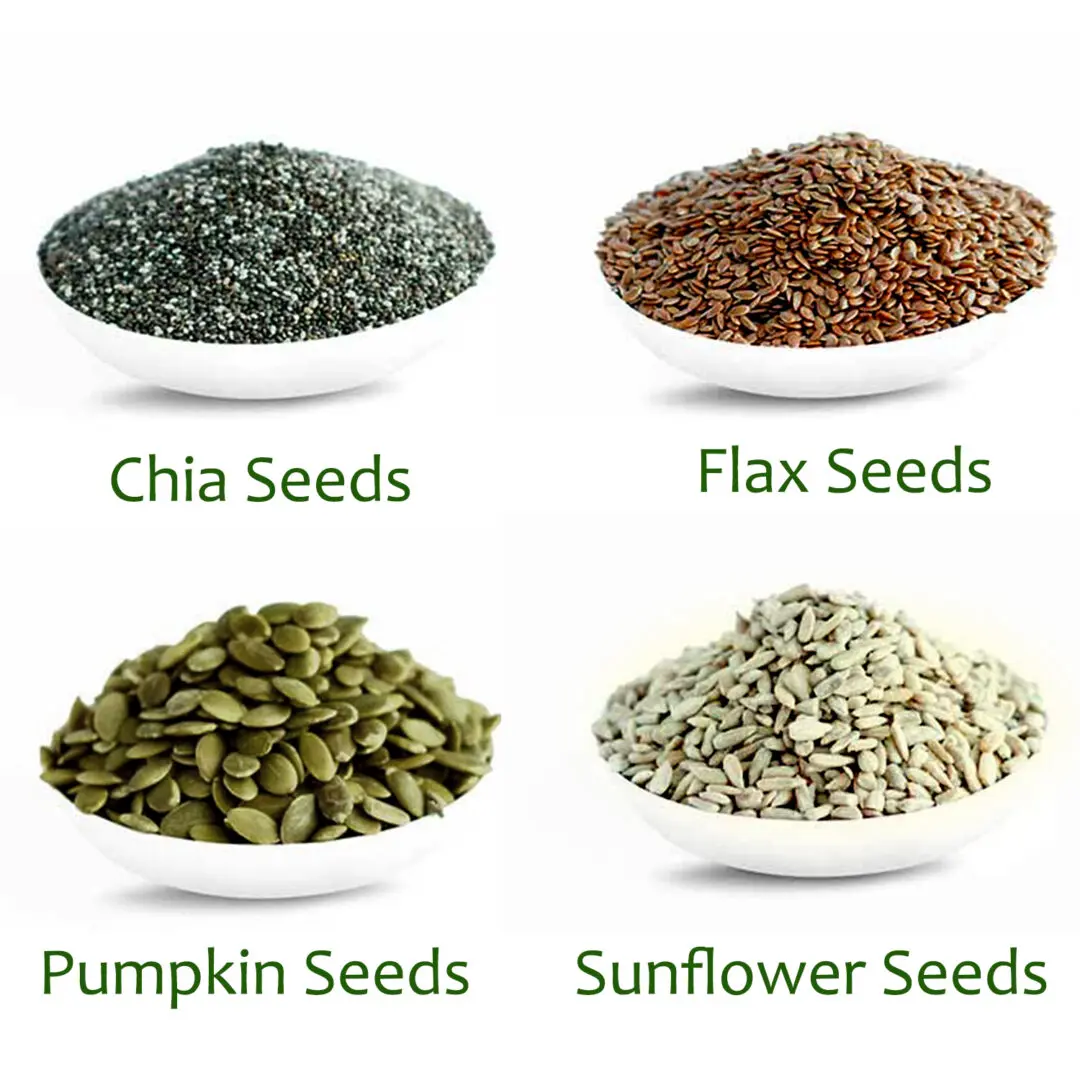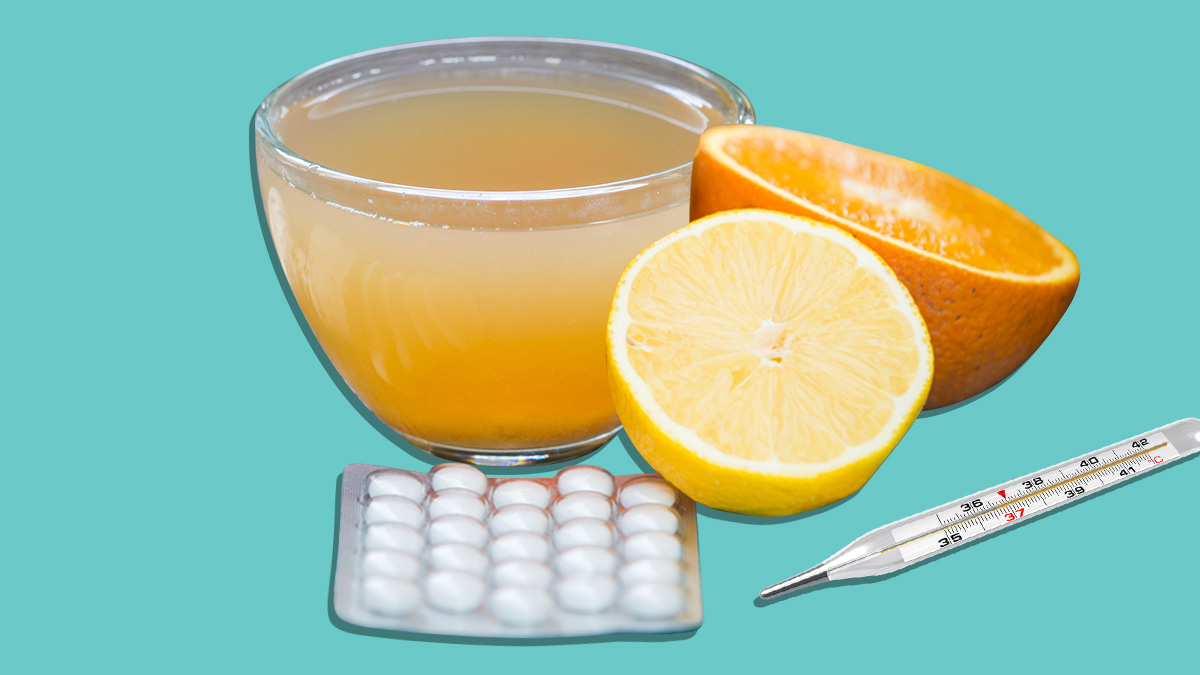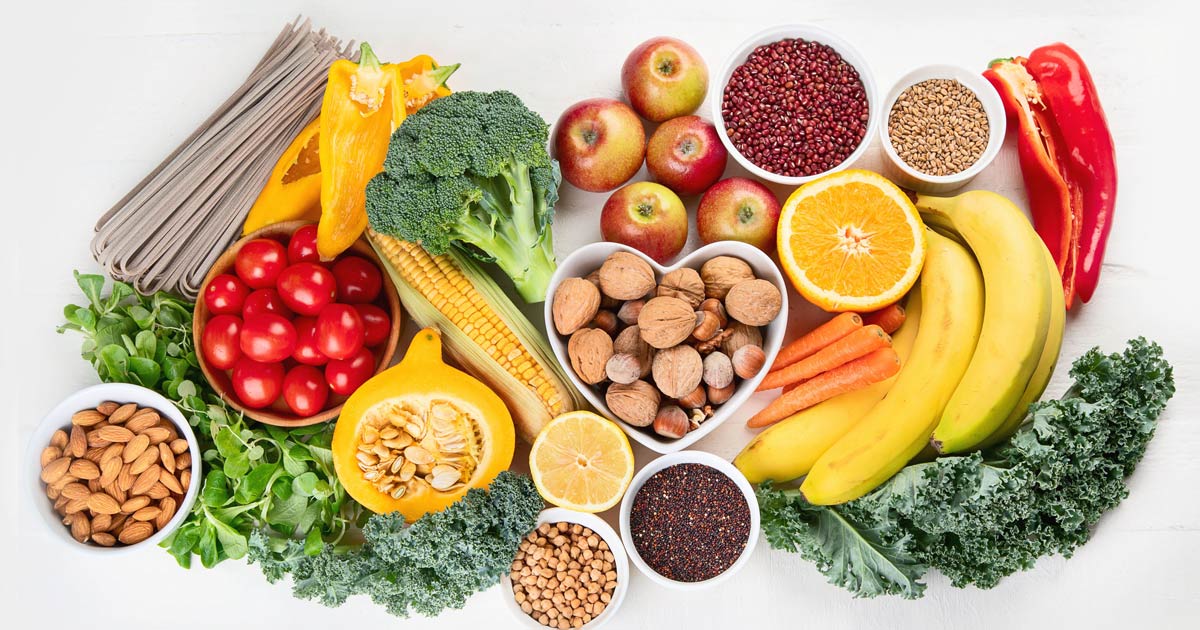Organic vs Wild caught vs Industrialized Meats

Organic, free range and wild caught meats are healthier than industrial meats. Organic meat must be fed organic feed without fertilizers and antibiotics. The animals must not receive hormones or antibiotics at any time and they must be given access to the outdoors. Free range animals have continuous access to the outdoors and have similar conditions as the organic animals. Animals grown for industrious meat are given antibiotics, fertilizers and hormones and not given access to the outdoors. They are grown in terrible living conditions that makes the animals sick as well as the farmers who tend to care or work with them. Confined animal feeding operations create a host of problems such as animal stress and abuse, air land and water pollution, and food with less nutritional value.
Meat, eggs and dairy products from organic farming are ideal for health. Compared with industrial meat they offer more good fats and are richer in antioxidants, vitamin E, beta carotene and vitamin c. They do not contain traces of hormone, antibiotics and other drugs. The organic meat is lower in fat content and research shows that lean beef actually lowers bad cholesterol. Organic meats have two to four times more omega 3 fatty acids than industrialized meat. These omegas play a role in every cell system in the body. People who has a good amount of omega 3 are less likely to have high blood pressure, depression or Alzheimer disease.
Organic meat contains more conjugated linoleic acid and anti-carcinogenic anti-inflammatory properties and steric acid which are beneficial to body. They are higher in vitamin E, Vitamin A and glutathione. These animals have more collagen in their bones and joints because they receive more physical activity than the industrial meat animals. High nutrition content holds true for bird and fish as well.
Consumption of organic animals have a significantly lower in salmonella and E.coli risks. These bacteria are dangerous to humans on consumption. The University of Georgia food center did a study that found 38.8% of conventional birds carried salmonella versus 5.6% for organic birds. Thirty-nine percent of the salmonella found in the conventional birds were resistant to no fewer than six different antibiotics. None of the salmonella from organic birds showed antibiotic resistance. This is extremely scary information. Learning this kind of information at this stage of my life makes me wonder what I have consumed unknowingly and what other consumers do not know, even if they opt to buying the cheaper version of meat. I have to be extremely careful and vigilant as to where I shop now and to read labels. I have to also change the places I shop.
Study also found that post transport weaning piglets had lost weight, increased organ and tissue damage, increased cortisol levels and high levels of waste products in their blood. This indicates that the pigs were under stress both physically and psychologically. Animals producing high levels of stress during slaughter can produce less tender and less healthy meat because of the PH, artificial hormones and cortical. This is the opposite for the organic meats where there is no stress, antibiotics and a result these animals produce tenderer and more healthy meat.
In general organic meat is healthier for more reasons than one and the government should invest and encourage more organic farmers. It’s not always about the money but the health of the citizens.
Arachidonic acid is an omega 6 unsaturated fatty acid that the body requires to function properly. The National Institute of Health reports that this fatty acid can be produced in the body if an individual consume adequate amounts of linoleic acid in the diet. It is essential for brain, liver and organs. It may appear to increase muscle mass and when combined with other supplementation can improve social interactions with people with social disorders such as autism.
While your body can make arachidonic acid from linoleic acid and GLA, you can also get it by eating foods that are rich in arachidonic acid. Meat, eggs, and some fish contain arachidonic acid. So by eating organic meats, I believe that an individual can consume the required arachidonic acid in their body.
References
Getting wild nutrition from modern food (2016). Retrieved from http://eatwild.com/basics.html
Grass-fed vs. conventional: When does it matter most? (2016). Retrieved from http://www.marksdailyapple.com/grass-fed-vs-cinventioanl-when-doe…
Is organic more nutritious? New Study adds to the evidence (2016). Retrieved from http://npr.org/sections/thesalt/2016/02/18/467136329/is-organic…
Organic vs. free range vs. cage free eggs (2016) Retrieved from https://delishably.com/dairy/organic-eggs-vs-free range-and-cage-free-alternatives
Organic chickens carry significantly lower salmonella risk (2011). Retrieved from http://grist.org/organic-food/2011-03-25-study-organic-chicken-significantly-lower-salmonella-risk/
Do concentrated animal feeding operation or factory farms negatively impact the health and welfare of livestock (2016) Retrieved from http://blogs.umass.edu/natsci397a-eross/do-concentrated-animal-fee…
What is arachidonic acid (2016)? Retrieved from http://www.fitday.com/fitness-articles/nutrition/healthy-eating/what-is-arachidonic-acid.html










